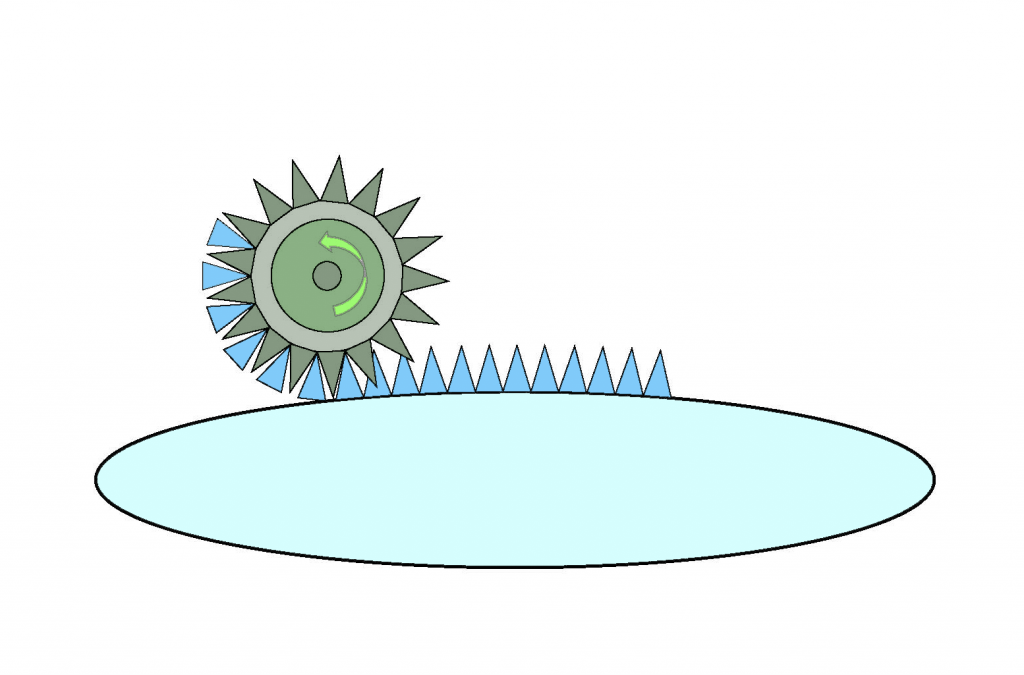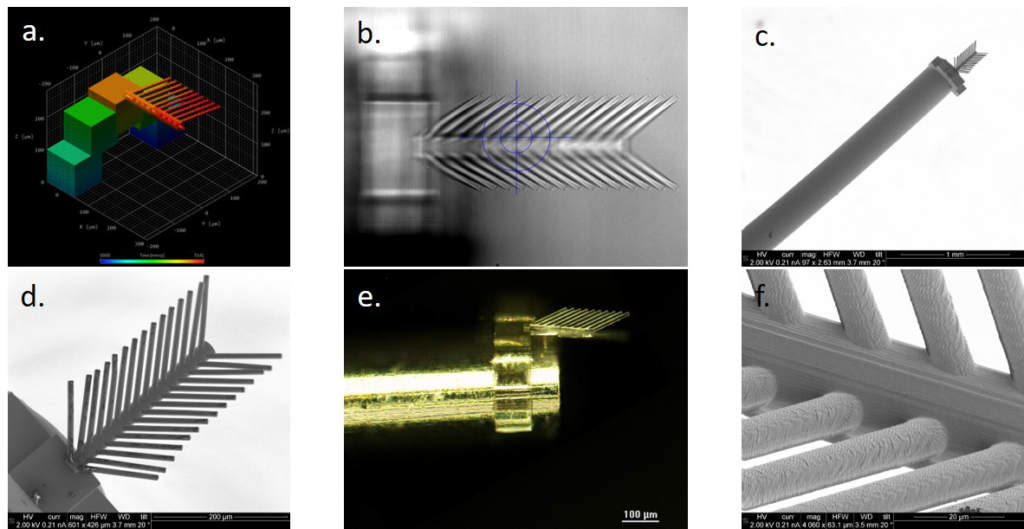The U.S. Army has filed a patent for a novel method of applying camouflage to optical components that makes them ‘invisible’ to the naked eye.
Developed by the U.S. Army’s Night Vision Lab, the proposed technique involves using a 3D printed ‘roller’ to ‘stamp’ the pattern that makes moths appear invisible, onto rifle scopes or binoculars. In theory, the resulting equipment then allows military personnel to operate under the cover of darkness, without their gear reflecting stray light beams that compromise their position.
According to Brian Metzger, a Senior Technology Manager at the firm that consulted on the patent, TechLink, the process also has the potential to address broader civil applications: “[This] tech could be used to increase the efficiency of solar panels, cut glare on flat-panel TVs and outdoor signage, or increase the visual aesthetic of plexiglass around hockey arenas.”

Unlocking moth-like invisibility
Anyone that’s had to flush out a rogue moth from their attic or wardrobe will be able to tell you that they’re extremely adept at hiding in plain sight. In more natural surroundings, moths have even evolved to develop furry coats, which distort the navigational noises of bats, and give them the chance to evade their cave and tree-dwelling predators.
In keeping with their survival instincts, the nocturnal insects have also developed eyes that feature a periodic, surface-graded structure, allowing them to bend rather than reflect light and remain hidden. While scientists continue to investigate the exact source of these powers of invisibility, the team behind the U.S. Army’s patent now claim to have found a way to replicate moths’ illusive optical abilities.
“The surface of the eye of a moth is covered by bumps that are each roughly 200 nm high and whose centers are spaced approximately 300 nm apart,” reads the team’s patent. “Since the bumps are smaller than the wavelength of visible light, visible light sees the surface as having a continuous refractive index gradient between the air and the medium.”
“This decreases reflection by effectively removing the air-lens interface,” they added. “Thus, the bumps serve as an anti-reflective coating on the eye of the moth.” In an attempt to precisely recreate this effect on optical gear, the Night Vision Lab team have therefore come up with a means of repeatedly applying light-refractive coatings, which could be deployed on an industrial scale.

A 3D printed ‘stamping’ process
During their initial research, the Night Vision Lab team found that anti-reflective coatings could be 2PP 3D printed directly onto lenses, but the process took up to 50 hours per 1cm2 of surface covered. The researchers’ revised process, on the other hand, is based around a cylindrical micro-printed ‘stamp,’ which can be engraved with moth-eye patterns, and rolled over optics to give them a diffractive coating.
If awarded, the patent would be granted to the U.S. Army Night Vision and Electronic Sensors Directorate’s Vincent Schnee, and cover the creation of ‘meta lenses’ with “an optical element comprising a substrate having an optical surface, and a plurality of uniformly spaced projections, of a moth eye-structured material.”
When put into practice, the patent details how epoxy with germanium nanoparticles could be used to create the roller’s coatings, and later be applied to lenses measuring at least 5nm wide and 10 nm tall. According to the document, the resulting components could be capable of deflecting “ultraviolet or visible light wavelengths,” effectively providing them with a moth-eye level of camouflage.
With further R&D, the patent also highlights how these nano-layers can be made from the same material as their optical base, “allowing a perfect matching of indices” that is “not easily achieved with conventional layered dielectric anti-reflective coatings,” while its ‘roller’ could be adapted into a flatter shape, should it be required by future applications.

Insect-inspired 3D printing
Researchers have often looked to mother nature, and specifically butterflies or moths, for the inspiration behind novel 3D printing-related technologies. Back in 2017, scientists at the Georgia Institute of Technology 3D printed explosive-sensing moth antennae, that was said to be capable of ‘passively smelling’ dangerous substances.
Similarly, a team from the University of Surrey and San Francisco State University have managed to reproduce the reflective structure of a butterfly wing, by creating novel 3D printed gyroids. Having made their initial discovery using photonics, the scientists have now patented a new material, with the potential to naturally ‘harness’ color.
More recently, researchers at the Eindhoven University of Technology have taken a similar approach to produce a unique 3D printable color-changing liquid crystal ink. Inspired by the naturally iridescent materials of butterfly wings, the team’s material could be used to create anything from decorative lighting elements to soft wearable sensors.
To stay up to date with the latest 3D printing news, don’t forget to subscribe to the 3D Printing Industry newsletter or follow us on Twitter or liking our page on Facebook.
For a deeper dive into additive manufacturing, you can now subscribe to our Youtube channel, featuring discussion, debriefs, and shots of 3D printing in-action.
Are you looking for a job in the additive manufacturing industry? Visit 3D Printing Jobs for a selection of roles in the industry.
Featured image shows a moth camouflaged against a cliff face. Photo via Rúben Marques, Unsplash.



